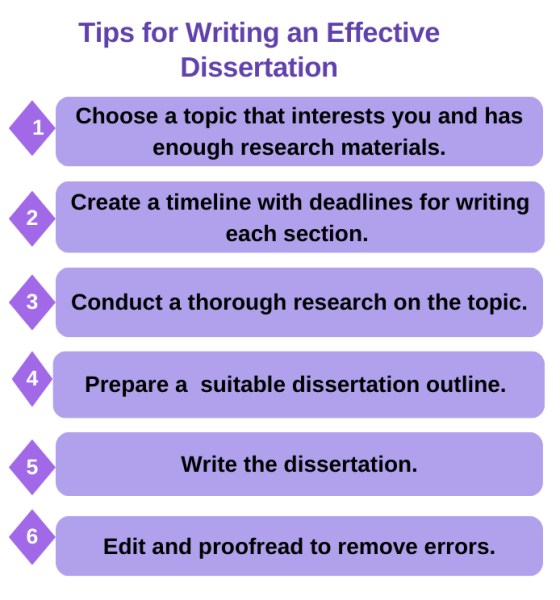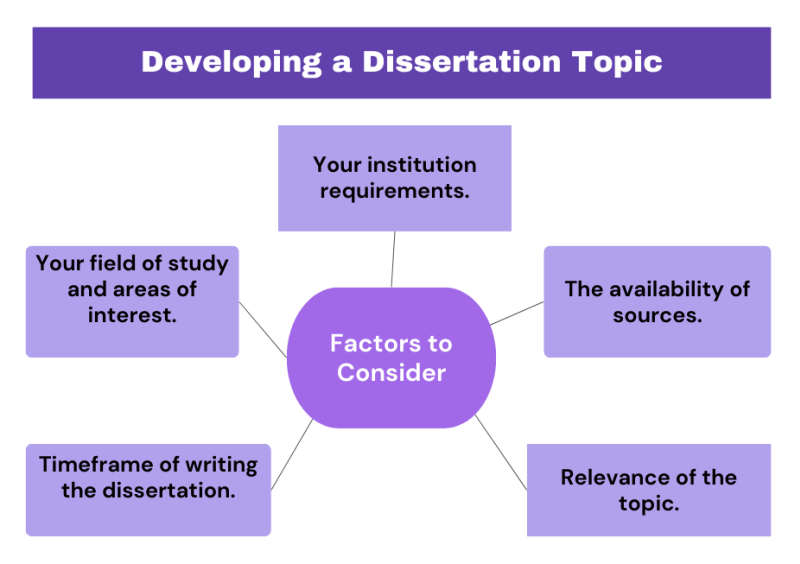Expert Dissertation Writer | Writing Help | Buy a Dissertation
Intending to Buy a Dissertation? Get Help from Experts
A dissertation is a scholarly document written to present a unique contribution to the existing body of knowledge in a certain field and to be awarded a doctoral degree. Writing a successful dissertation requires exceptional skills in research, communication, data collection, and data analysis skills.
Most master's and doctoral students decide to buy a dissertation or hire someone to write a dissertation because they are too overwhelmed by work and other responsibilities. If you are looking for experts to write your dissertation, our professional writers offer personalized solutions tailored to your discipline and requirements. At Professional Research Writing Services, we offer expert dissertation writing help for Bachelor, Master, and Ph.D./Doctoral level students in all courses.
Our expert dissertation writers are among the best in the world and have been trained thoroughly in academic writing, including various writing styles such as APA, MLA, and Chicago. This article is a guide to the dissertation, highlighting types, the process of writing, and the structure of a dissertation.

Types of Dissertations
Choosing the appropriate dissertation type requires both academic justification and practical consideration. Dissertations are categorized into three main classifications based on the research methodologies used. The types of dissertations include:
(1). Qualitative Dissertations
A qualitative dissertation is a document that presents an original and detailed description of phenomena from non-numerical data. It aims to explore the perspectives of a particular set of informants on their experiences. Primary methods of data collection for these dissertations are interviews, focus groups, observations, open-ended questionnaires, and document analysis. With a qualitative dissertation research model, a candidate can conduct a case study, an ethnography, a grounded theory, a phenomenology, or a narrative inquiry.
(2). Quantitative Dissertations
A quantitative dissertation focuses on the collection of numerical data and statistical analysis to test hypotheses and answer research questions. It aims to describe and establish the relationship among variables and build a numeric understanding of the topic. Primary methods of data collection in quantitative studies are surveys, experiments, and close-ended questionnaires. Statistical analysis methods such as descriptive and inferential statistics are used to gain insights from the data.
(3). Mixed Methods Dissertations
The mixed methods dissertations employ both qualitative and quantitative research approaches to collect and analyze data. These dissertations are written when a research question requires a multifaceted approach to identify patterns and trends in data and understand complex phenomena about individual experiences. Three main approaches of the mixed methods design are convergent parallel designs, explanatory sequential designs, and exploratory sequential designs.
The Standard Professional Dissertation Writing Process
- Our dissertation writing services start with identifying a research problem from which we develop the title of the dissertation. Most learning institutions require the supervisor to approve the topic/title of the dissertation before the student proceeds.
- Once the topic is accepted, our professional dissertation writer develops a research proposal which comprises of 3 main chapters: the introduction, the literature review, and the methodology. The theoretical or conceptual framework may included in the introduction or literature review sections based on the specific instructions.
- Some institutions require the inclusion of a timeline or a plan showing how the student intends to complete the various steps involved in conducting the research and writing the dissertation.
- If the dissertation will involve the collection of primary data, we always include the data collection instrument as an attachment. If the data collection instrument that is selected had already been developed by someone else, we are keen to report the validity and reliability of the tool in the proposal.
- We always guarantee that the proposal will be approved within the shortest time possible and with few or no revisions. Our expert writers ensure that we save our clients the pressure and the stress that comes with writing a research proposal and getting it approved.
- Once the proposal is approved, data collection starts, chapters 1 to 3 are written in the past tense, and the results, discussion, and conclusion chapters are completed.
- After writing the dissertation, we edit and proofread to ensure all the requirements are met, there are no grammatical errors, the sentences are well structured, and the dissertation aligns with the recommended writing style.
- After completing the dissertation and it is approved, we help you prepare defense materials such as posters and PowerPoint presentations for your final defense.
The Sections of a Dissertation
(1). Title Page
The title page includes the title of the dissertation, name of the author, affiliation of the author, course number and name for which the paper is being submitted, and the instructor's name. The title gives a concise description of the research topic and the scope of the study. It is a statement about the main topic under research and the variables under investigation.
(2). Table of Contents
The table of contents is an outline of the headings of the entire dissertation, illustrating headings and subheadings with their respective page numbers. Leader dots are placed from the end of each entry to the corresponding page number. The heading is capitalized and centralized at the top of the page.
(3). Abstract
The dissertation abstract is a summary of the main content of the dissertation. The length varies according to institutional specifications and formatting requirements, but it should not exceed 250 words. It includes the research problem, aims or objectives, methods used in the study, findings, and the conclusion.
(4). Introduction
The introduction illustrates the context of the study by illustrating the background of the research, demonstrates the significance of the problem, and presents its basic components. Present an overview of the purpose and focus of the study and how it will contribute to the existing body of knowledge. Present the problem statement that shows the need to conduct the study.
The dissertation introduction also includes the main objective of the research by giving the purpose statement. State the research questions to demonstrate the direction of the study. Give a comprehensive overview of the research design and the rationale and significance of the investigation. Finalize by giving definitions of terms used in the dissertation.
(5). Literature Review
The literature review situates the research in the context of previous studies pertaining to the topic, presents a comprehensive synthesis of existing literature, and justifies how the study addresses a gap in the literature. It provides a theoretical/ conceptual basis for the dissertation by synthesizing appropriate existing literature in the field. Research is conducted using peer-reviewed journal articles and books.
(6). Methods
The methods chapter should have sufficient information that the study can be replicated. It provides a detailed description of the research design and procedures of the study. Dissertation methodology typically consists of a justification of the research approach chosen, the research setting, the population, the sample and data sources, data collection and analysis procedures, ethical considerations for a qualitative dissertation, and potential weaknesses and scope of the study.
(7). Results
The results chapter contains the study's findings about how the research questions were presented in the introduction. Provide a summary of and rationale of how the data was analyzed. Include visualizations such as graphs, figures, and tables for easy understanding to the reader.
(8). Discussion
The discussion chapter illustrates the findings based on the research question and literature review. It provides an in-depth interpretation, analysis, and synthesis of the results. It also restates the study's limitations and discusses the application of the findings to broader populations and settings.
(9). Conclusion
The conclusion is a summary of the major points of the previous chapters and key findings. This section also gives recommendations for future research areas. It also illustrates implications for policy and practice based on the findings.
(10). References
The references are a list of works cited in the dissertation. All sources that were referenced are cited using the specified formatting style. Illustrating the origin of the information situates the study within the context of the body of literature and provides the reader with access to all the sources that were used.
(11). Appendices
Appendices are sections at the end of the dissertation with additional information that could not be included in the main text but is still essential to the reader. They include data collection tools, interview transcripts, questionnaires, or charts. Each item included in the appendix is labeled and listed in the table of contents. The appendices come after the references.

How to Guarantee the Success of a Dissertation
Most students face challenges in designing their research, so we offer professional help in research design, determining the kind of data to be collected, the sample size, the data analysis techniques to be used, ethical considerations, and actual dissertation data analysis using SPSS.
After the dissertation writing process, the manuscript is reviewed by our editors to ensure there are no errors and also scanned for plagiarism. When one obtains our dissertation writing services, they can be assured that the final manuscript will be of publishable quality. Get help from our expert writers now by filling in the order form or using the live chat to ask any questions on how to buy a dissertation. See more information about the secrets of writing a successful quantitative dissertation.
Why Choose Our Custom Dissertation Writing Service?
- Our professional dissertation writers have advanced doctoral degrees in different fields of research. They are carefully selected, with only those having PhD's and Masters degrees being chosen to handle your dissertation.
- Our dissertation services experts have access to a wide pool of research resources; hence our writers conduct comprehensive research and ensure your dissertation is high quality and meets the set academic standards.
- Our expert writers work within your desired timeframe to ensure that your paper is submitted on time every time. You don't have to worry about tight deadlines when choosing our services.
- Our excellent customer service team is available 24/7 to respond to all your inquiries or comments. Contact us today and make a request.
Summary
A dissertation is a scholarly document containing original research done at the end of a doctoral degree. The purpose of writing it is to demonstrate that you can conduct research and contribute to your field of study. The length of a dissertation differs at different academic levels, from undergraduate to the PhD level. Getting dissertation help online from a service like ours can ensure that you get a quality dissertation submitted on time. Why worry about your dissertation when that's our job? Leave your 'write my dissertation for me' request here to our expert writers today!


.jpg)




